Are you considering installing sod on your lawn? Or, do you have a big property where sodding is the only feasible option as seeding would take you too much time and effort? If yes, you might want to know how much does a pallet of sod weighs. Well, read on to find out!
In this post, we’ll not only be discussing how much does a pallet of sod weighs, but we’ll dive much deeper to know different sod cuts, coverage, and many more. Let’s get started!
What Is Sod?
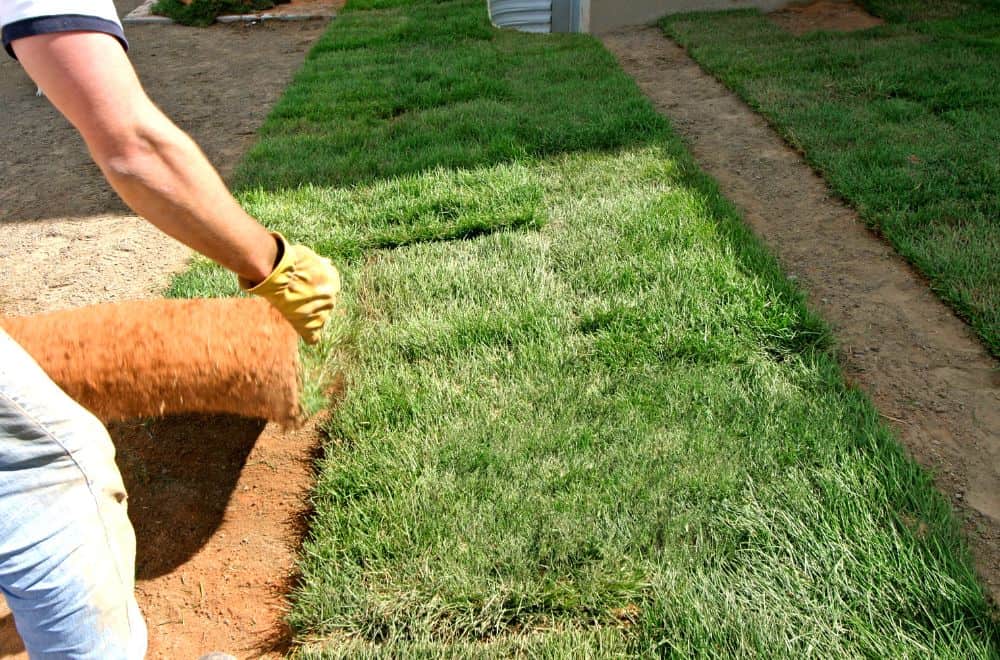
Sod is simply grasses grown, harvested, and sold in order to establish a lawn somewhere else quickly. Depending upon the types of seeds and their growth rate, sods are often harvested between 10-18 months.
Sods are often bound by a root system or a thin layer of biodegradable matter. Besides elevating the appearance of any residential or commercial property almost instantly, sod serves other various purposes as well. Read on to find out!
Sod Vs. Seeds. Which Is Better?
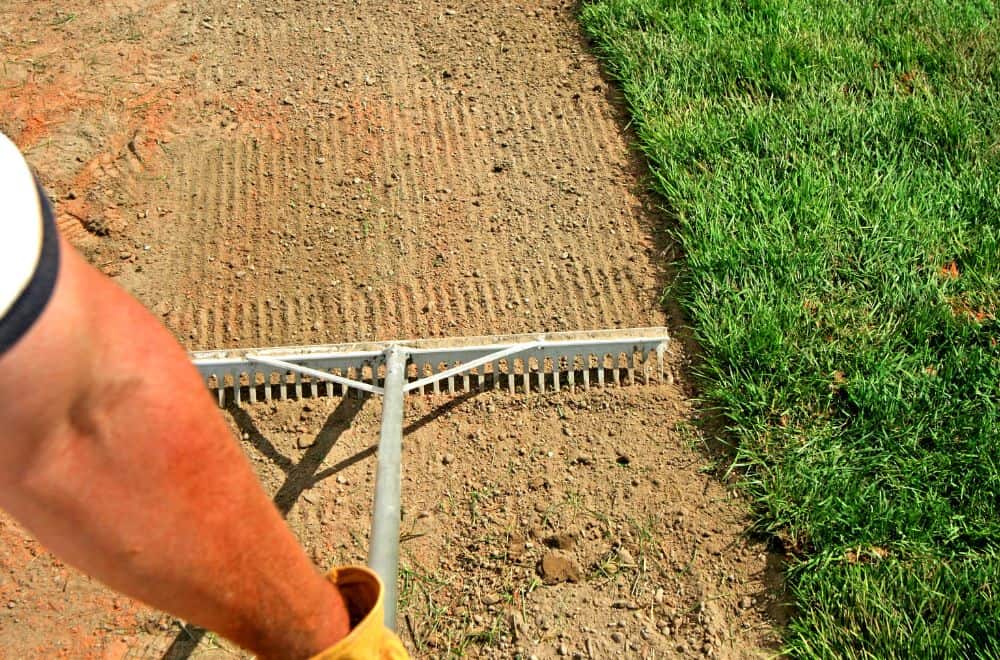
Are you confused about whether to seed your lawn or simply buy sod and instantly save half of the time and effort? Well, the bad news is that we cannot eliminate your confusion.
What we can do is give you a detailed sod vs. seed comparison such that you can make a decision for yourself. Let’s get started!
Pros And Cons of Using Sods
The major benefit of sodding is that you get an elevated look instantly. Moreover, when you cover erosion-prone areas with sod, it acts as a blanket and helps hold soil quickly. Unlike seeding, sod can be installed almost throughout the air, except for freezing and too hot seasons.
As sods are already grown grasses, it doesn’t demand extreme maintenance and watering and roots in a few weeks in case the soil is properly prepared beforehand.
Moreover, if you live in a windy area or areas prone to heavy rainfall, your grass seeds will probably be blown or washed away. For such cases, sods are the way to go!
Most importantly, quality and certified sods have a few or almost no weed seeds in it as the grasses outcompete the weed seeds early on.
On the downside, sod can be costly, and the installation can be equally expensive as sodding is best done by professionals.
Pros And Cons of Seeding
When you compare prices between seeding and using sod, seeding your lawn will be definitely cheaper unless grass seeds are too expensive where you live.
Moreover, labor costs and effort also are quite costly if you choose to use sod. So, if you want to be pocket-friendly, you should always opt for using grass seeds.
However, seeding also comes with its fair share of disadvantages, the major one being that it takes too much time and effort to grow the grass seeds, especially during the first few weeks. Moreover, the chances of weed seeds germinating are high as well when compared to using sod.
How Much Does A Pallet of Sod Weigh?
On average, a pallet of sod weighs you around 2,000 lbs. However, you must remember that the weight varies with the type of sod cuts, size of the pallet, the amount of soil present, the type of soil that the sod has been grown in, and how dry or wet the soil is.
How Many Square Feet Does A Pallet of Sod Cover?
Generally, the pallets are available in different sizes, varying from 400 to 700 square feet. So, the simple answer to the question ‘How many square feet does a pallet of sod cover’ is that it depends on the type of pallet you buy.
Depending upon different sod cuts, the area they cover also varies. Sod slabs generally cover the area of about 380-510 square feet. Similarly, mini rolls cover an area ranging between 400-500 square feet. Finally, big rolls cover the area about 500-700 square feet.
Different Types of Sod Cuts
There are various shapes and sizes of sods available in the market. The covering ranges also differ depending on the types of pallets you buy.
They come in the form of sod cuts. Let’s discuss a few types of sod cuts, their applications, weight as well as coverage, shall we?
1. Big Rolls
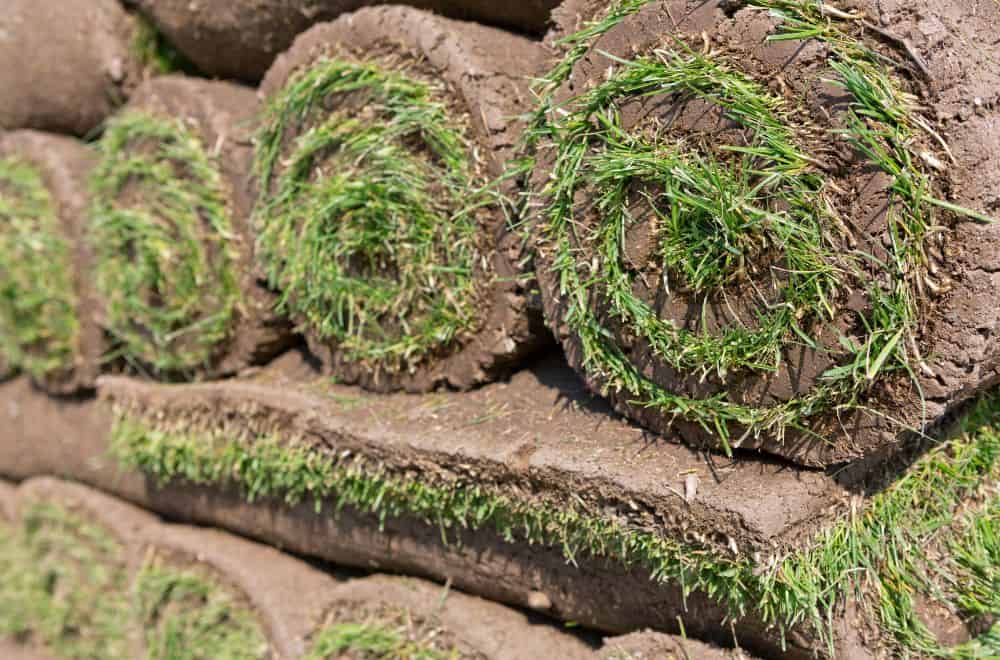
Big rolls are one of the most common types of sod cuts that you can find in the market. If you are an owner of large areas like commercial properties, golf courses, athletic fields, or larger lawns, you’ll probably benefit from using big rolls over those areas.
There are fixed and standard dimensions of big rolls available, i.e., 40 inches wide by 100 feet long. Big rolls are often not 40 inches wide continuously; it is rather available as two 20 inches long sections which are connected using biodegradable netting.
Big rolls are often placed installed using tractors and other specialized tools. Thus, it is usually preferred in commercial areas rather than in households.
Big Rolls Coverage
They are used in the colder places and the places where you need to cover larger areas. The grass that is used in the big rolls is especially Kentucky bluegrass and the tall fescue.
The big-sized single pallets are available in 500, 600, and 700 square feet. For making such a big pallet, you need to pack between 50-70 rolls.
You should always be ready and know the exact area to cover and the weight of the pallet required to save yourself from spending the extra money on unnecessary pallets and transportation charges.
2. Mini Rolls
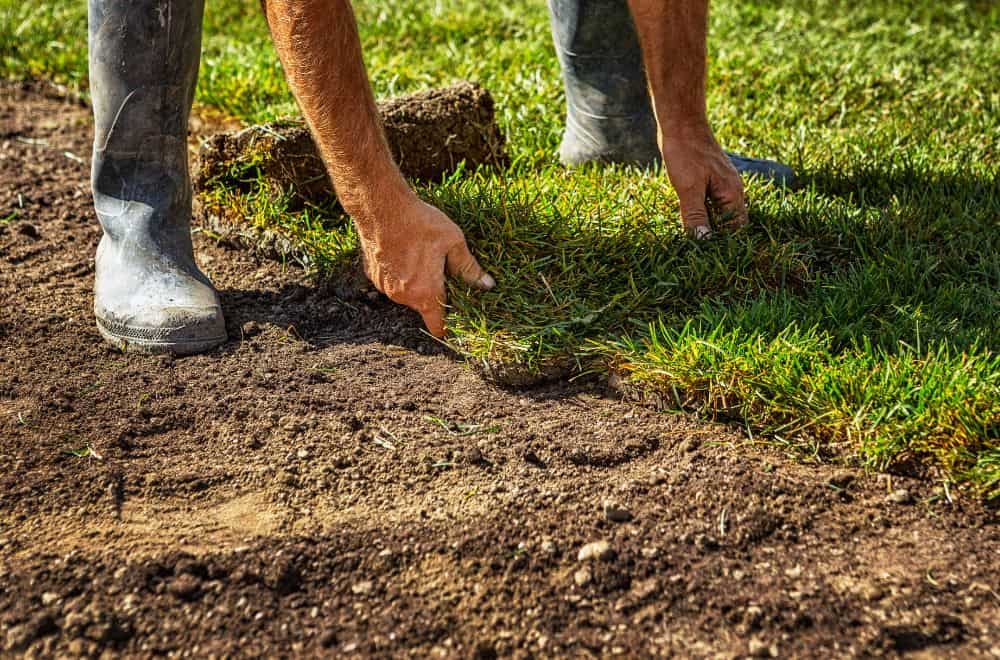
As the name suggests, it is smaller than the big rolls. Unlike the big roles, they are also used in small and residential areas along with the commercial sectors. Due to its small size, it is also easy to handle for homeowners.
Talking about the standard size of mini rolls, it is often 20 inches long by 60 inches wide. A single mini roll of sod covers the area of 10 square feet.
These kinds of sods are generally arranged and stored in pallets of 450-500 square feet. Different varieties of grass are grown, and you can choose the particular pallet as per the necessity of your lawn.
Mini Rolls Coverage
They are most famous in the northern part of the globe. Now, talking about its coverage, 80, 90, and 100 rolls of mini rolls are required to cover the area of 400, 450, and 500 square foot pallets, respectively.
3. Slabs
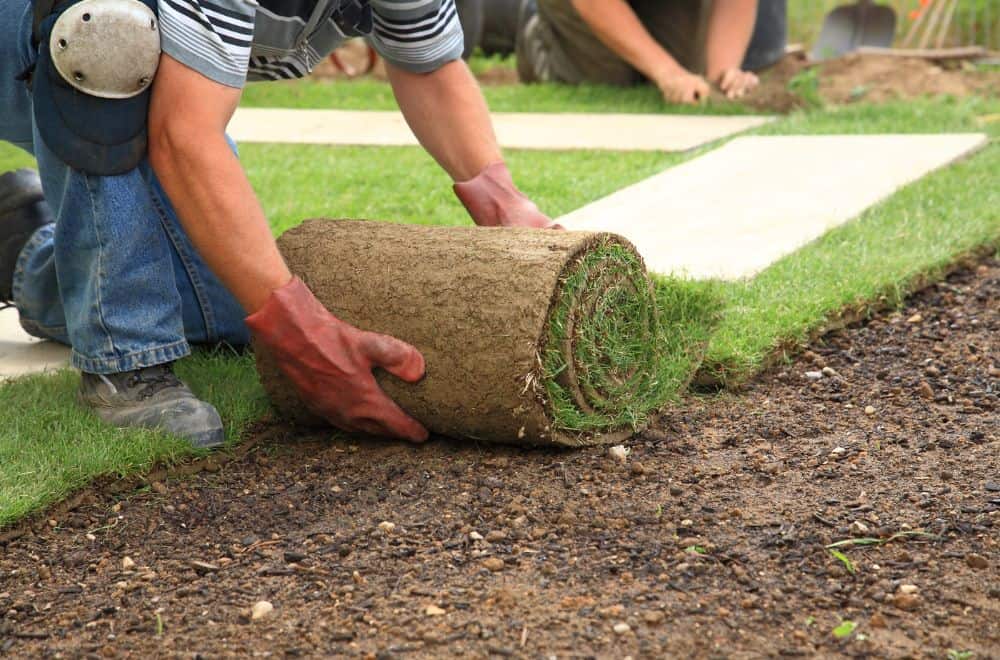
If you are looking to cover a small area, the slabs sod is the best choice for you. They are often called the default cut for harvesting sod. Sod slabs are best for homeowners who want an easy installation process.
The standard size of slabs that are available in the market is 24 inches long by 16 inches wide. They are used to cover a small area of just over 2.5 square feet. They are incredibly easy to handle as they just weigh about 10-11 pounds per piece.
Slabs Coverage
When it comes to the coverage of slabs, the most common slab pallets are found to range from 400-500 square feet. The most common type of grass that is planted on the slabs are Zoysia, Bermuda, centipede, and St. Augustine.
The most crucial difference between a slab and the rolls are, the slabs are always sold at a price per square foot of coverage, whereas the rolls are often sold per pallet.
4. Plugs
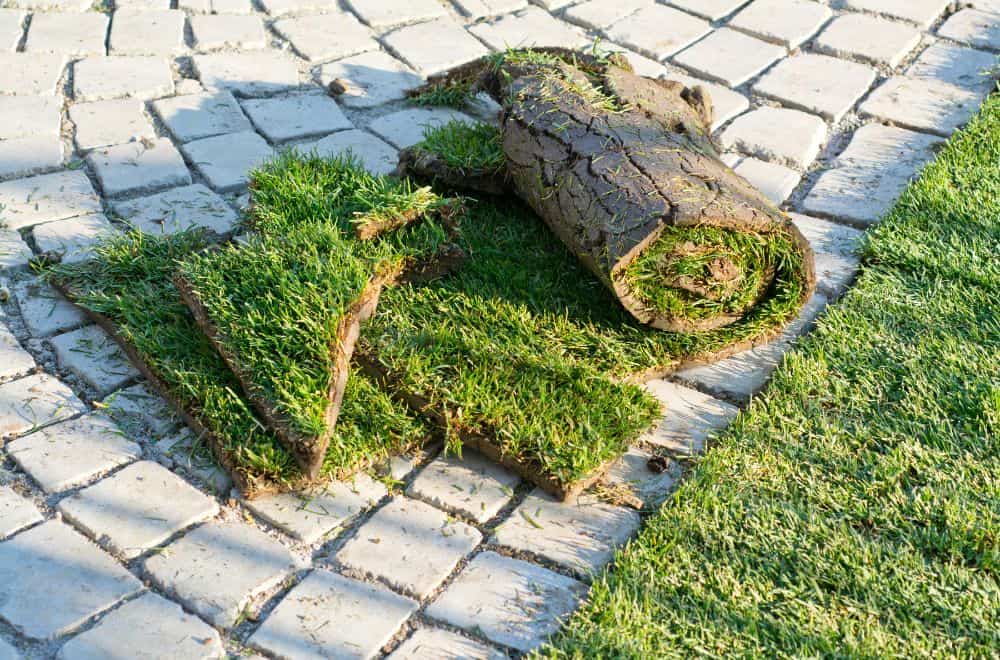
When it comes to warm-season grasses, plugs are the most common method of storage and transportation.
Plugs, also known as sprigs, are the type of sods that are planted vegetatively instead of using seeds. The reason solely being the use of hybrid seeds that do not produce viable seeds.
Once the rhizomes and live stems are planted, it takes about 3 months to cover an area if watered and fertilized properly. However, the grass type planted and the weather also play roles in determining the growth rate.
How Much Does Sod Cost?
As we’ve said earlier, you can find a variety of pallets of sod cover in the market. As the price of the sod usually depends on the size of the pallet, the price range also varies with your choice.
The price of the sods may also vary with the types of grass you want and the place you buy it. There will also be a delivery charge, so choose from the nearest shop and, of course, choose the right quantity of sod.
The delivery charge also increases with the quantity and the distance at which it needs to be delivered. On average, sod grass costs you about $300 per pallet and $0.60 per square foot.
Summary
We’ve provided you with every single piece of information on seeding vs. sodding, sod weightage, coverage, and different types of sod cuts. By now, you know that you cannot precisely predict the weight and coverage of the sod as it varies on the type, cuts, and many more factors.
Thus, the best option for you is to contact the nearby supplier and get the information on different types of pallets, pricing, weight, and coverage from them directly.
Remember – always estimate the quantity of sod you’ll require as close as possible as sod can be pretty expensive, and you wouldn’t want to overorder them!
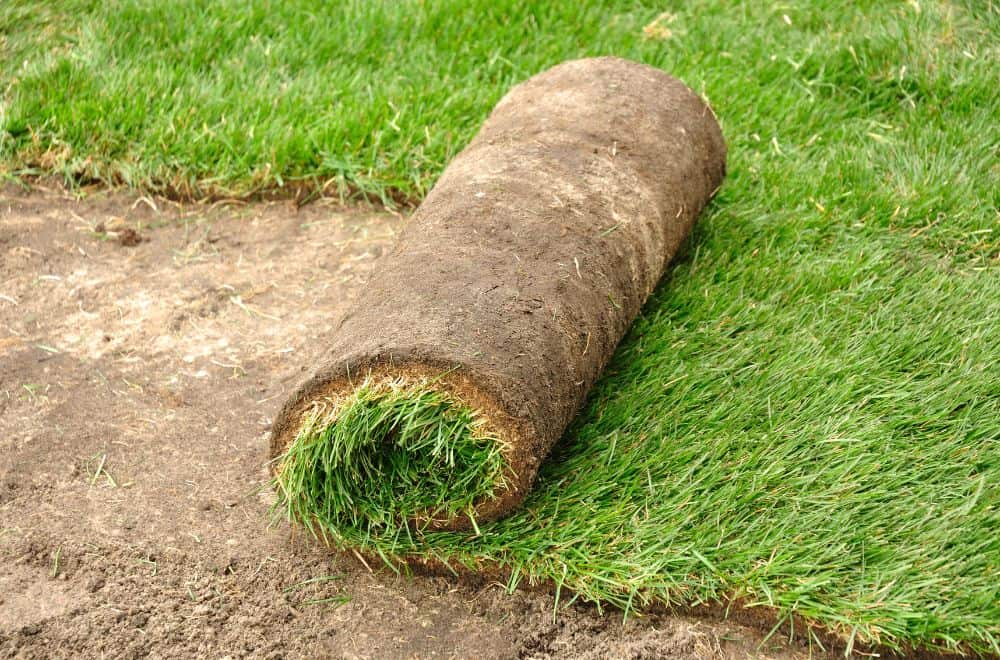
Leave a comment